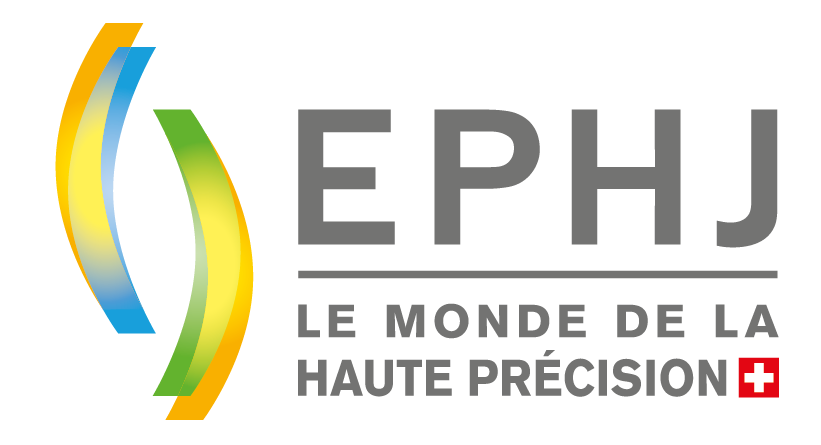Swiss watch exports in 2024: poorer performance than in 2023, with significant disparities Published on the février 4, 2025 2024 was a year of very marked contrasts for the Swiss watchmaking industry, both in terms of trends in its main markets and the performance of key actors in the sector. Export statistics only partially reflect the significant disparities between the results of different watchmaking firms. Moreover, they cannot provide any direct information on subcontracting, which remains primarily focused on the Swiss market. On average, Swiss watch exports recorded a decline of 2.8% compared with 2023, achieving a total of 26.0 billion francs. This trend was consistent throughout the year, without any notable fluctuations. It follows three years of steady growth and suggests an economic slowdown in demand for luxury personal items, particularly among so-called aspirational customers. It also illustrates heightened competition in the entry-level and mid-range segments. Only a small proportion of watches managed to perform well and contribute to improving the overall results. Conversely, many products suffered a significant decline, much more marked than the average of -2.8%. The contraction in demand, which was heavily influenced by China and the Special Administrative Region of Hong Kong, was reflected in a fall in orders for some suppliers operating as subcontractors. Jobs were maintained in 2024, as indicated in the survey by the Employers’ Federation of the Swiss watch industry, thanks to measures such as reduced working hours. Nonetheless, watchmaking firms have already shared their concerns for 2025. Any recovery in the market will depend largely on the outlook in China, where uncertainty remains high. There is currently nothing to suggest a turnaround in 2025, although the decline should be less marked. Swiss watch exports are therefore likely to continue on last year’s downward trend, while the gaps between different actors in the sector will remain very marked.. ProductsWatches account for the majority of exports in the watchmaking sector. Their total value fell by 2.8% compared with 2023, to 24.8 billion francs. Following a bright spell in the previous year, the number of items declined by 9.4%, or 1.6 million fewer units. Volumes were at a historically low level, with 15.3 million watches exported. Watches with an export price below 3,000 francs recorded a decline in export turnover of 15.6%. The slight increase (+1.0%) in the higher price segment, despite accounting for more than 80% of the total value, was not sufficient to offset the downturn. The negative result was primarily attributable to steel watches (-9.8% by value), while watches made from precious metals reversed the trend (+2.2%). However, the growth in this area was mainly due to a price effect, insofar as the number of items fell by 5.1% for this group of materials. MarketsNorth and South America were the most dynamic market (+5.4%) and accounted for a fifth of Swiss watch exports in 2024. Performance in Asia fell by 7.6%, impacted by the significant downturn in China and the Special Administrative Region of Hong Kong. Europe (-0.1%), conversely, maintained its high level of 2023. The United States (+5.0% compared with 2023) again strengthened its position as the sector’s leading market, after four years of steady growth. The outlook there remains favourable. In Asia, China (-25.8%) saw a stronger contraction than during the Covid pandemic, taking it close to its results in 2019. Similarly, the Special Administrative Region of Hong Kong (-18.7%) suffered from lacklustre demand and lost its third place in the world ranking. Japan (+7.8%), buoyed mainly by tourist purchases, rose to third position and was one of the most dynamic markets for Swiss watch exports. Singapore (-2.1%) was in line with the global average, while South Korea (+8.7%) benefited from a favourable base effect to offset the decline seen in 2023. The contrasts in Europe were less marked, with results in the United Kingdom (-1.6%), France (+2.5%), Germany (-3.8%) and Italy (-1.6%) falling within a narrower range. Share this article Facebook Twitter Youtube News 25 avril 2025 Emissa dévoile le Precimill, un centre d'usinage compact et performant 25 mars 2025 Medtech – a rapidly expanding part of the EPHJ Show 20 mars 2025 CMT RICKENBACH – Photochemisches Ätzen: ein subtiles Verfahren für flache Bauteile 20 mars 2025 WatchDec – die Hochpräzision im Dienst der Medizintechnik Show all the news Share this article Facebook Twitter Youtube








